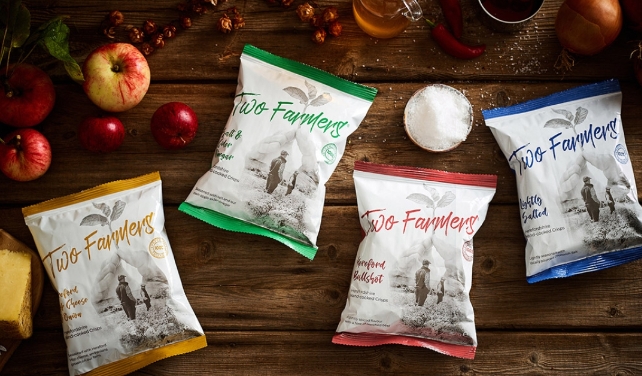Snacking is a popular pastime for people all over the world, with crispy treats like potato chips being a firm favorite. However, the environmental impact of these snacks has become a growing concern in recent years.
Compostable crisp packets offer a sustainable alternative to traditional plastic packaging. Made from materials that break down easily in compost, these new packets are gaining traction in the food industry as a way to reduce waste and pollution.
Why compostable crisp packets?
Traditional plastic crisp packets take hundreds of years to decompose, contributing to the global plastic pollution crisis. Compostable crisp packets, on the other hand, can break down in a matter of months, making them a much more environmentally friendly option.
These packets are typically made from plant-based materials like cellulose, corn starch, and sugar cane. This means that they can be composted along with food waste, reducing the amount of garbage that ends up in landfills.
The benefits of compostable crisp packets
In addition to being better for the environment, compostable crisp packets also offer a number of other benefits. They are often more durable than traditional plastic packets, which can help prevent crisps from getting crushed during transportation and storage.
Compostable packets also have a lower carbon footprint than plastic packets, as they require less energy to produce. This can help snack companies reduce their overall environmental impact and appeal to eco-conscious consumers.
The future of snacking
As consumers become more aware of the environmental impact of their food choices, the demand for sustainable snack packaging is expected to continue to rise. Compostable crisp packets are just one example of how the food industry is adapting to this new reality.
With advances in technology and materials science, we can expect to see even more eco-friendly packaging options in the future. From edible wrappers to biodegradable containers, the future of snacking is looking greener than ever before.

